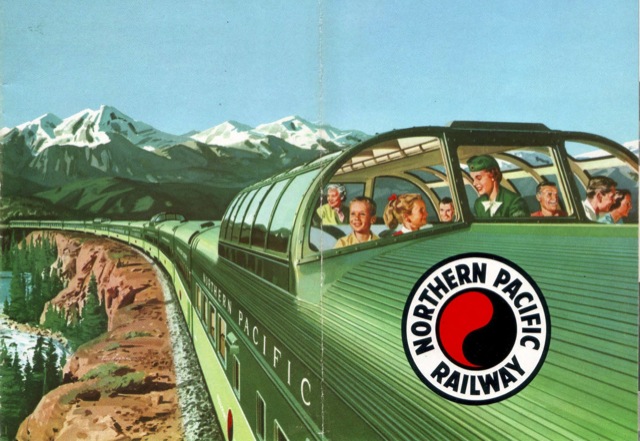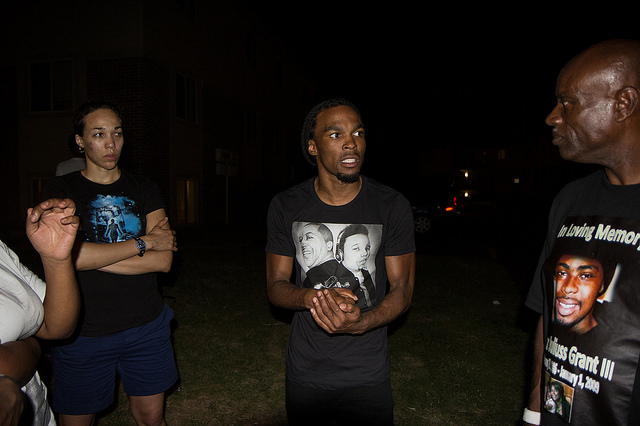Next week, Anaheim California will open the Anaheim Regional Transportation Intermodal Center, which is a grammatically contorted and glorified way of saying “Anaheim train and bus station.” A recent article suggests that some people think the station is an architectural monstrosity, but the real question that should have been debated is cost: was it really worth $185 million to build a train and bus station?

All this could be yours for a mere $2,784 per square foot. Click image for a larger view.
At 67,000 square feet. the station’s cost works out to an incredible $2,764 per square foot. Can you imagine any private firm spending that kind of money on a building to serve even the most profitable business, much less a money-losing one?









